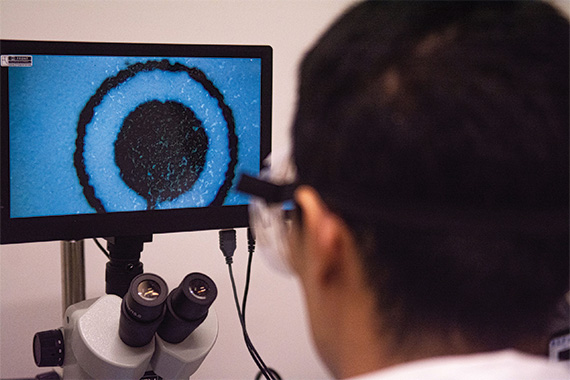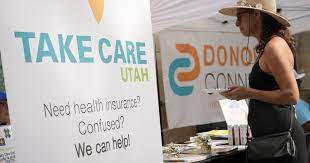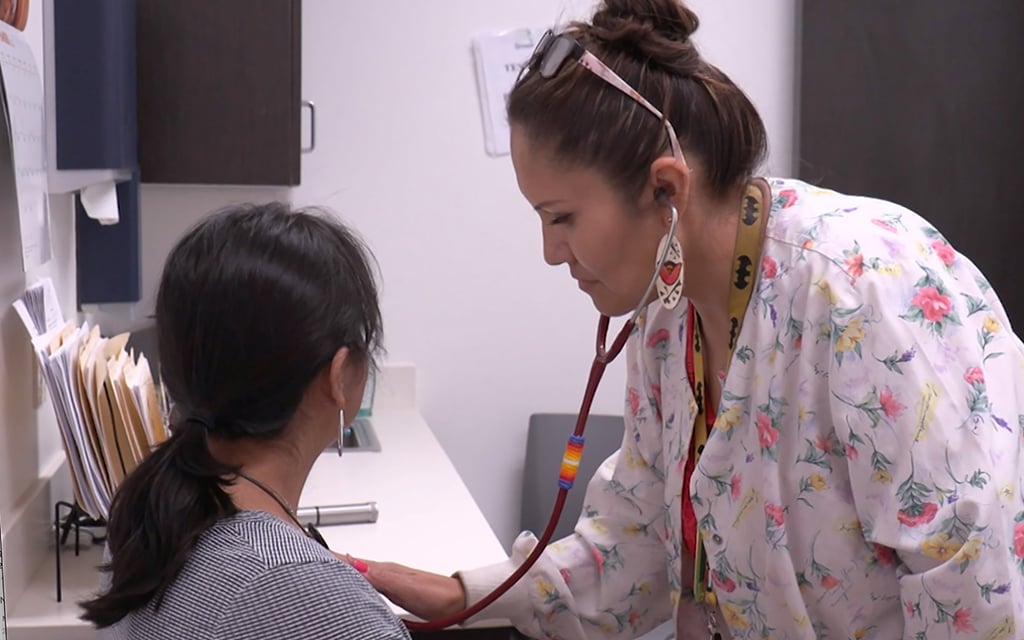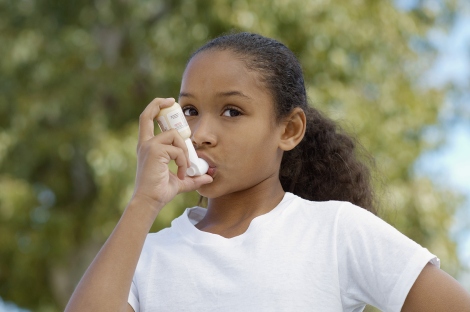A recent study sheds light on the concerning state of health insurance coverage for children in the United States, revealing widespread inadequacies and inconsistencies. The research underscores the challenges faced by a significant number of American children who experience gaps and limitations in their health insurance, raising critical questions about access to essential healthcare services.

Disparities in Insurance Coverage Rates
The study reveals significant disparities in the rates of inconsistent and inadequate health insurance coverage between publicly and commercially insured children.
Publicly insured children experience higher rates of inconsistent coverage, emphasizing a particular challenge within the public insurance system.
In contrast, commercially insured children face lower rates of inconsistent coverage but grapple with higher levels of inadequate coverage, including concerns about out-of-pocket costs.
READ ALSO: Santa Cruz County Coastal Zones Engage in Cleanup Efforts Following Storm Impact
Impact of COVID-19 on Insurance Trends
During the COVID-19 public health emergency, the study observes notable shifts in insurance trends. Publicly insured children saw a substantial 42% decrease in inconsistent coverage, indicating a positive impact on their coverage stability.
In contrast, commercially insured children experienced a 6% decrease in inadequate insurance, showcasing a slight improvement in addressing coverage gaps during the pandemic. The findings underscore the complex dynamics of health insurance coverage and call for targeted policy solutions to address the distinct needs of both public and commercial plans.




